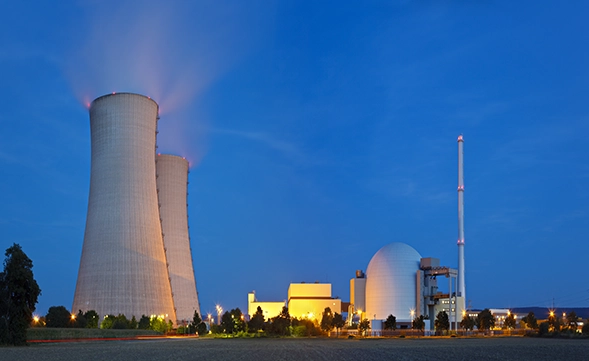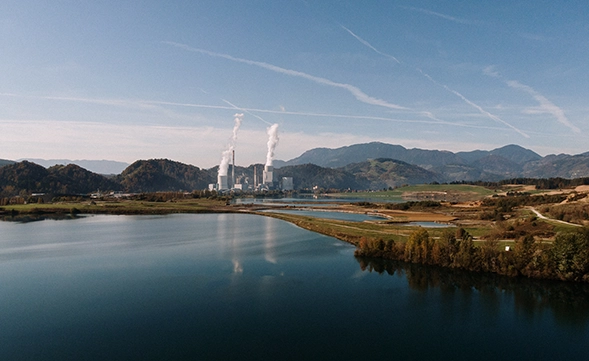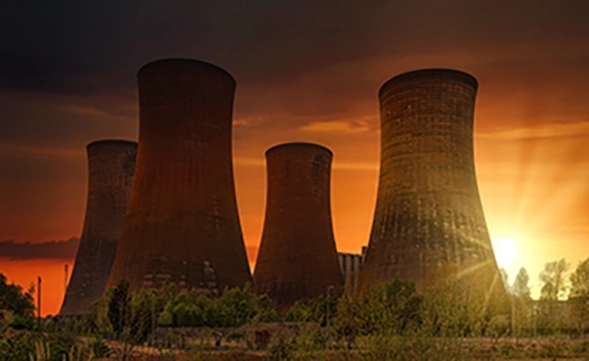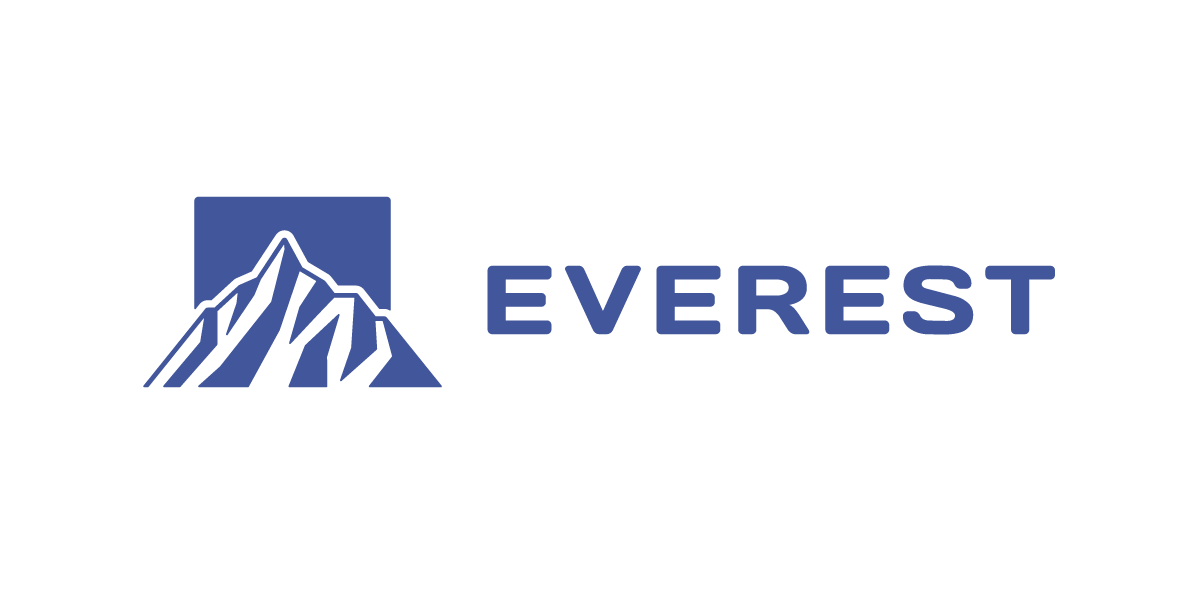About the project
THE CONTEXT
Assessing the safety of a nuclear reactor relies heavily on modelling. In the last two decades,
making use of the increased computer power available, advanced multi-physics solvers have been
developed to reduce the level of conservatism when simulating pressurized water reactors.
These tools rely on a first-principles based approach and produce solutions with a much finer
spatial resolution. However, they are seldom used in practice due to, amongst other things, the
lack of dedicated experimental data for validation, especially when it comes to their improved
spatial resolution. Moreover, the benefits of the better resolution for practical problems
encountered in the nuclear industry have not been quantified.


OBJECTIVES
The EVEREST project intends to address this issue by :
- quantifying the impact of using advanced multi-physics models for the modelling of Long Term Operation (LTO) relevant parameters (vessel fluence) in PWR and VVER reactors;
- demonstrating the accuracy of their results, especially the improved resolution through the production of dedicated experimental data;
- and promoting them to key groups of the nuclear engineering community (students, utilities, regulators).
The consortium is built around the necessary research facilities and expertise from all the required actors of the nuclear industry, both within Europe and outside.
IMPACTS
In terms of impact, the project will produce scientific knowledge towards producing electricity
using a climate-neutral energy system, in a safe and efficient way.
The advanced models will provide more accurate and detailed information about the current safety
margins in nuclear reactors relevant for long term operation enabling more informed decisions on
setting the regulatory limits; and resulting in an improvement of the plant safety as a whole. A
better understanding of the safety margins for a nuclear power plant could also allow lifetime
extension.
The same approach can be envisioned for research reactors and allow more users to carry out
research activities.
Finally, the EVEREST project will have a long-term impact on knowledge preservation through the
organization of a summer school and trainings as well as the funding of mobility grants.


RESULTS
The project aims at making key groups of the nuclear industry (utilities, regulators) aware of multi-physics simulation platforms methodologies and can use them on real problems associated with Long Term Operation.

